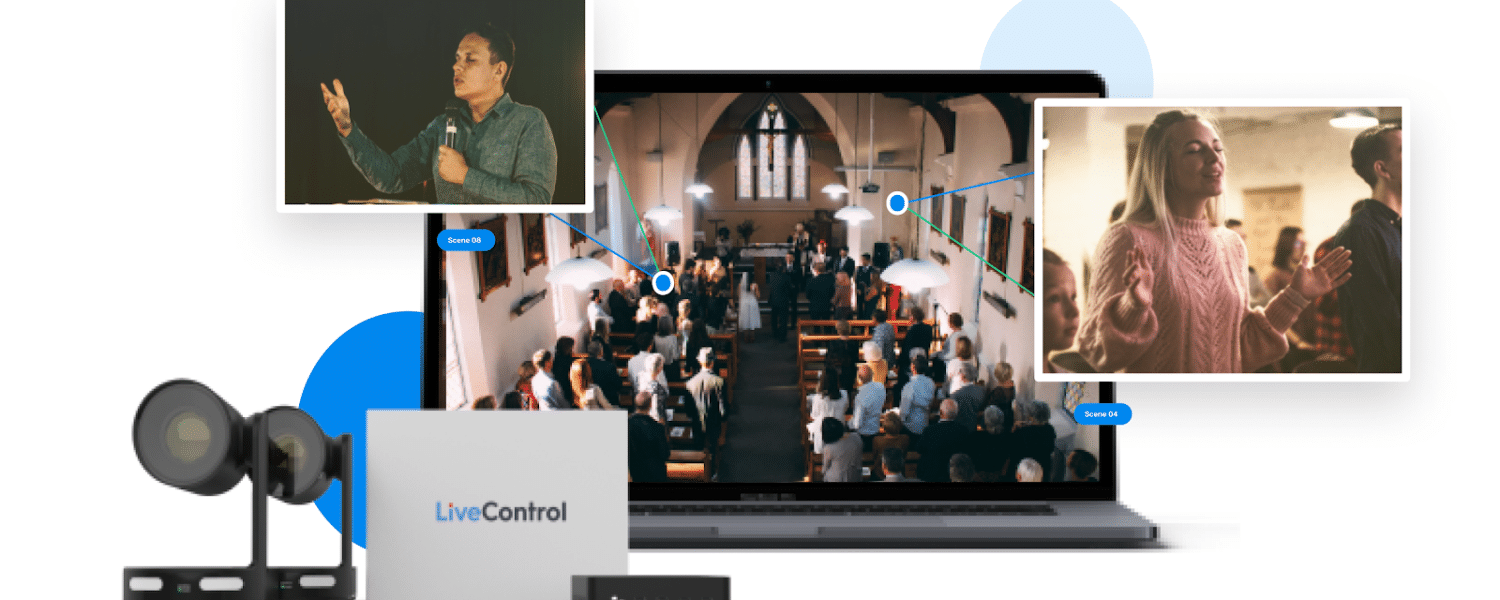While stay-at-home orders have decreased physical attendance at churches over the past year, live streaming has given churches the opportunity to reach a much wider viewership.
John Volinsky, campus pastor at Bayside Church in California, spoke to this opportunity and said that “most people that come to Bayside actually first watched our services online.”
Some viewers see it as an accessible way to gauge whether they can see themselves regularly attending their services.
Growth During the Pandemic
Despite COVID-19 restrictions, Bayside has been able to maintain their current viewership while also reaching an entirely new crowd. Pastor John Volinsky says that people in 113 different countries stream their live services.
Since starting to use LiveControl, a number of Bayside’s campuses have also been able to scale their video production while also lowering their costs. As a result, pastors at Bayside Church have been able to focus on what they do best: spreading their message, enacting their mission, and maintaining strong relationships with their congregants.
LiveControl bills itself as a remote production crew in the cloud. It’s like having an entire crew backstage controlling a church’s cameras, except everything is done remotely from their offices. This makes it incredibly affordable.
The Three Components of Online Church
Volinsky says that there are three main components to online church: marketing and outreach, relationship building, and technology.
Marketing and outreach involved getting people logged in and watching your live services. The relational side is asking the questions: How do you get them engaged? How do you really know that they are part of the church?
Then there’s technology. Volinsky says, “Most churches don’t know what they’re doing with technology, so they spend a lot of time and a lot of money on technology, and it’s not their specialty.”
He encourages churches to spend the bulk of their time in marketing; in getting people to watch and getting their message out. Once they’re watching, they can spend their time on the relational side.
He recommends “[finding] a solution where you’re not plugging in cameras, trying to figure out why the screen is not working, and recruiting people or paying people to do it. If churches can outsource that, they can spend their time on the two real critical areas of marketing and relationships.”
The Importance of an Efficient & Effective Production Crew
Even though churches were never meant to be production crews, the only way to keep them active in the church community is through high-quality, engaging live streams.
“Churches spend way too much time and energy on something that is available in other ways,” pointed out Volinsky in the context of their past live streaming set up.
On one occasion, the volunteer camera operator did not show up, forcing their team to improvise by taking someone from the music team and quickly teaching them how to set up. During the same service, the Bayside staff also had to troubleshoot encoder crashes mid-live stream.
In contrast, LiveControl installed up their two PTZ (pan-tilt-zoom) cameras and encoder within 30 minutes. During the service, the LiveControl team remotely operated the cameras, streamed the service live to Bayside’s own dedicated web player, and implemented a donation button to make online giving easier for Bayside congregants.
People spend most of their time running an event, even though running the event is not their specialty. What they should be focusing on is what they are good at: getting people in the door, spreading their message, and keeping their viewers engaged. Removing the hassle of technology allows Bayside Church to do that.
If you’re looking for ways to make your live streaming process simpler and more efficient, visit www.livecontrol.io to schedule a free demo.












